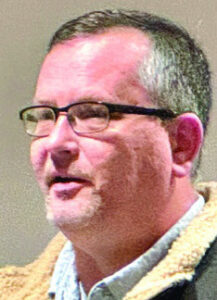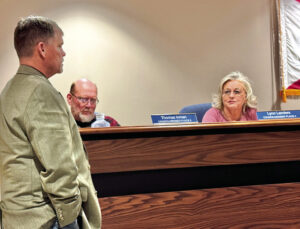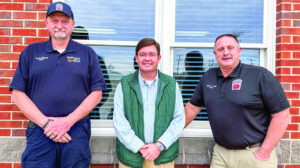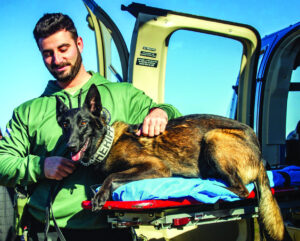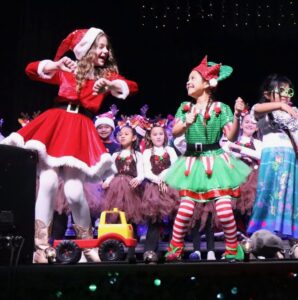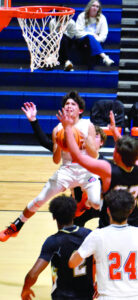Science lessons go beyond classrooms
Students, as well as parents and community members, took part in various activities at Russellville Middle School’s community science night.
Science lessons aren’t just for students, at least not according to the students at Russellville Middle School.
Last Thursday, students at RMS hosted a Community Science Night at the RMS gym for parents, grandparents and just general citizens who were interested in things like Newton’s third law of motion, shooting bottle rockets in the air or seeing the bones of a cow.
Michael McCandless, who teaches science classes at RMS, helped organize the event so that the community could see the things being taught at the middle school level in a fun, hands-on way that everyone could relate to and understand.
“Science and technology are becoming increasingly important to the economy of northern Alabama and we want our students prepared to move into these fields if they desire,” McCandless said. “For this to happen, school systems must include modern, relevant science and technology curricula.
“[Having this Community Science Night] helps the community understand this need so we have a better chance of getting support in facilitating changes that are necessary toward this end. And as a bonus, it’s always good to simply have fun as a community.”
McCandless said sixth graders study earth and space science curriculum so their displays were geared in that direction.
“Guests were given baggies filled with toothpicks and small marshmallows and challenged to build, by sticking marshmallows with toothpicks to make joints, a house that would be put to a shaking test to determine durability,” McCandless said.
With seventh grade life science students, guests were able to see several anatomy displays, including one that featured a near complete skeletal system of a cow, which was laid out over 12 feet of table surface.
“Guests could examine the bones with magnifying glasses, observe the texture, note the orifices through which blood vessels once existed, and even see that many bones, which had been sawed in two, were hollow,” he said. “A six foot long poster of a cow skeleton enabled them to identify which bones came from which part of the skeleton, and students could also show guests a particular bone and explain which bone this was on the human skeleton.”
The eighth grade physical science displays might have been the most popular at the event since guests were able to see Newton’s third law of motion put into action with demonstrations of dragsters propelled by compressed gas that rocketed the length of the gym floor and homemade Coke bottle rockets that launched 300 feet into the air.
“Small or rural school systems traditionally focus much on career/technical courses in order to prepare non-college bound students for the workforce,” McCandless said. “This type of education continues to be important, but the job market, with regard to technical skills, continues to become more complex and demands workers with more technical backgrounds.
“Welders are still in demand, however, industry is calling for more welders who can program and repair the robotic welders inundating the factory floor. Draftsmen continue to be important but need to have solid backgrounds in the top Computer Aided Design (CAD) software or they will not find work. Mechanics will have to repair an increasing number of hybrid cars as well as those with ‘green’ technologies that will soon be commonplace.
“Basically, we need to get our students, our students’ parents, and all members of our community to start thinking science, math, and technology, and a Community Science Night was a good way to accomplish this.”


